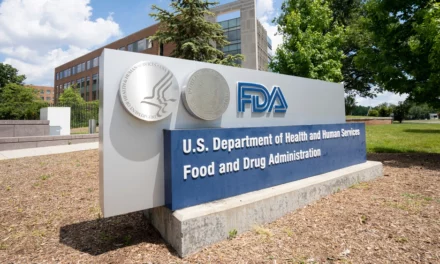U.S. FDA Commissioner Scott Gottlieb, MD, has revealed that the FDA is taking steps to enhance and modernize its approach to medical device safety and innovation. Such steps are outlined in the agency’s Medical Device Safety Action Plan: Protecting Patients, Promoting Public Health, which was released today.
Gottlieb says that under the tutelage of Jeffrey Shuren, director of the FDA’s Center for Devices and Radiological Health, the FDA is “considering what more we can do to better protect patients, while at the same time working closely with patients, providers, and device developers to better understand and address device risk and make sure that we’re appropriately balancing risk and benefit.”
Moreover, the FDA’s new Medical Device Safety Action Plan outlines how the FDA will continue to promote a safer medical device environment, Gottlieb explains. “Our aim is to make sure that the new advances in technology that are enabling better capabilities and benefits are also harnessed to bring added assurances of safety, so that more patients can benefit from new devices and address unmet needs,” he says.
According to Gottlieb. the plan focuses on five key areas:
- Establishing a robust medical device patient safety net in the United States
- Exploring regulatory options to streamline and modernize timely implementation of postmarket mitigations
- Spurring innovation toward safer medical devices
- Advancing medical device cybersecurity
- Integrating CDRH’s premarket and postmarket offices and activities to advance the use of a Total Product Life Cycle (TPLC) approach to device safety
“To start, CDRH is implementing a more integrated approach to device safety throughout the TPLC by pursuing a reorganization that integrates CDRH’s premarket and postmarket offices across functions, and allows our experts to leverage their knowledge of pre- and postmarket information to optimize decision-making,” Gottlieb says.
After all, he points out, all medical devices have inherent benefits and risks. “And some of these risks are better understood once the device is more widely distributed and used under real-world conditions, in broader patient populations, and by a broader range of clinicians.” The FDA’s aim, Gottlieb says, “is to ensure not only that devices meet the gold standard for getting to market, but also that they continue to meet this standard as we get more data about devices and learn more about their benefit-risk profile in real-world clinical settings.”






There is more puffery, platitudes and self-congratulations here than plan.